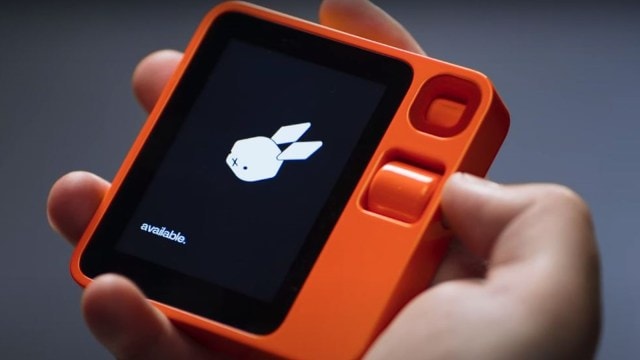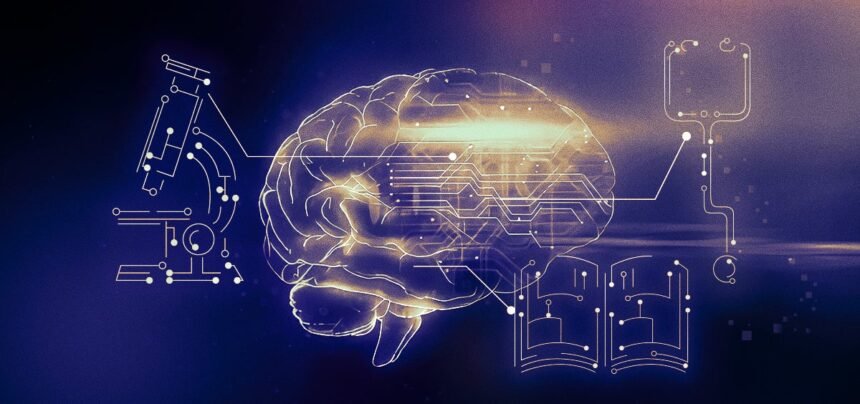Remember pagers? Those clunky bricks that vibrated on your hip, urging you to find a landline and call back into the void? While technology marched on, leaving pagers in the dustbin of history, whispers of their return have emerged – not in their brick-and-mortar form, but in the guise of “AI-first” devices like the Rabbit R1.
These sleek, voice-activated gadgets aim to revolutionize how we interact with technology. Forget swiping and scrolling – the R1 and its ilk promise a world where AI assistants handle everything, from setting alarms to booking appointments, all through the power of your voice. Sounds futuristic, right?
But hold your horses, because the reality might be a bit…pager-esque.
The Allure of the Analogue:
There’s an undeniable charm to the pared-down simplicity of these AI-first devices. Ditch the app fatigue, the notification overload, and the constant tug-of-war for our attention. With the R1, you just speak your need, and the AI, your ever-present digital butler, scurries to fulfill it. It’s a refreshing break from the frenetic digital dance we’ve become accustomed to.
But is it enough?
Sure, the R1 excels at basic tasks, like setting reminders or playing music. But step beyond that, and things get murky. Imagine trying to navigate a complex website, edit a document, or engage in a nuanced conversation – tasks that demand the visual richness and tactile immediacy of our beloved smartphones. The R1, for now, falls short in those arenas.
The Pager Trap:
Remember pagers’ limitations? They notified, but they didn’t offer the information or interaction needed to truly act. Similarly, the AI-first devices of today excel at basic notifications and rudimentary tasks, but lack the depth and flexibility to handle the full spectrum of our digital lives.
Think of it like this: pagers were great for urgent messages, but you wouldn’t conduct a business meeting through them. AI-first devices, at least in their current iteration, face the same limitation. They’re useful for quick interactions, but not yet robust enough for sustained engagement.

So, are they dead on arrival?
Not necessarily. The Rabbit R1 and its counterparts represent an interesting experiment in human-computer interaction. They remind us that sometimes, less is indeed more. They offer a respite from the digital avalanche, a chance to reclaim our focus and attention.
But they’re not ready to replace our smartphones just yet. Think of them as specialized tools, like a calculator or a fitness tracker, not the Swiss Army knives of our digital lives.



